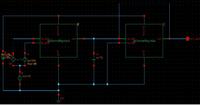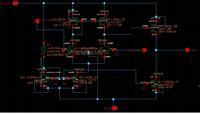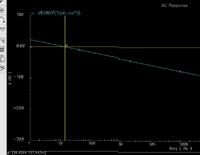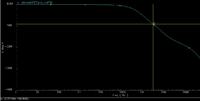samiurrehman
Member level 2

Dear all,
I have been asked to design Gm-C continuous time integrator with no rigid specifications. I have used a two stage OTA with 46dB gain and applied a capacitor at the end as integrating element. But the circuit is merely acting as an amplifier and not integrator. It does not convert square wave into triangular..... What modifications do i need to bring? Circuit schematic attached....
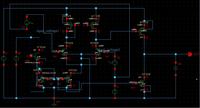
the circuit quite well acts as a low pass filter after installation of capacitor at the end...I believe just a capacitor at the end cant transform an amplifier into integrator......
I have been asked to design Gm-C continuous time integrator with no rigid specifications. I have used a two stage OTA with 46dB gain and applied a capacitor at the end as integrating element. But the circuit is merely acting as an amplifier and not integrator. It does not convert square wave into triangular..... What modifications do i need to bring? Circuit schematic attached....

the circuit quite well acts as a low pass filter after installation of capacitor at the end...I believe just a capacitor at the end cant transform an amplifier into integrator......
Last edited:



